 Dusky Parrot (Pionus fuscus)
Dusky Parrot (Pionus fuscus)
 Dusky Parrot (Pionus fuscus)
Dusky Parrot (Pionus fuscus) |
 |
| Pictures (click on them to enlarge) | ||
|---|---|---|
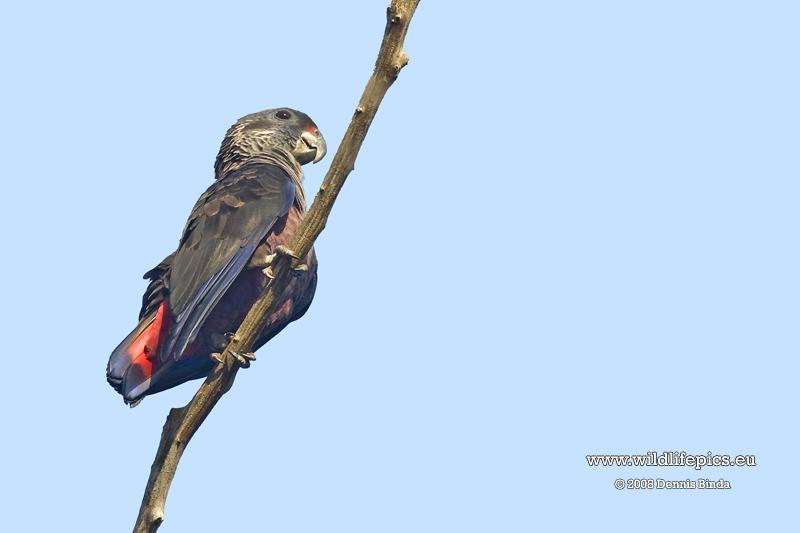 © Dennis Binda | 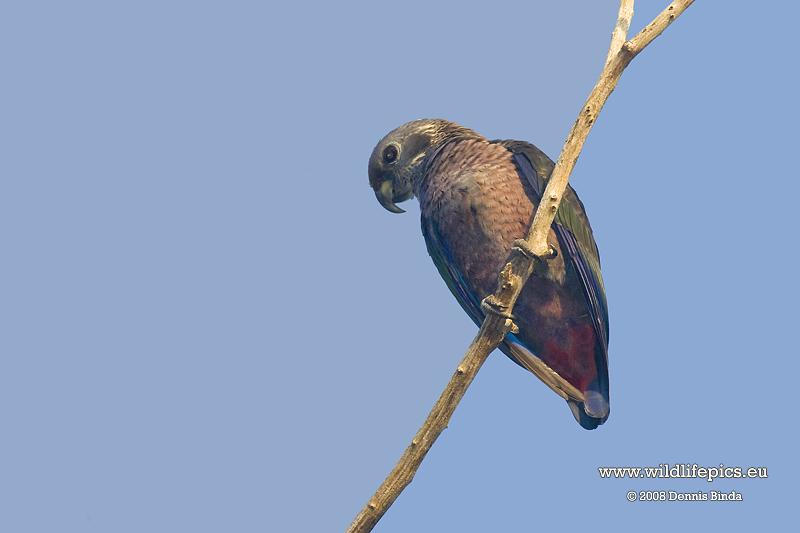 © Dennis Binda | 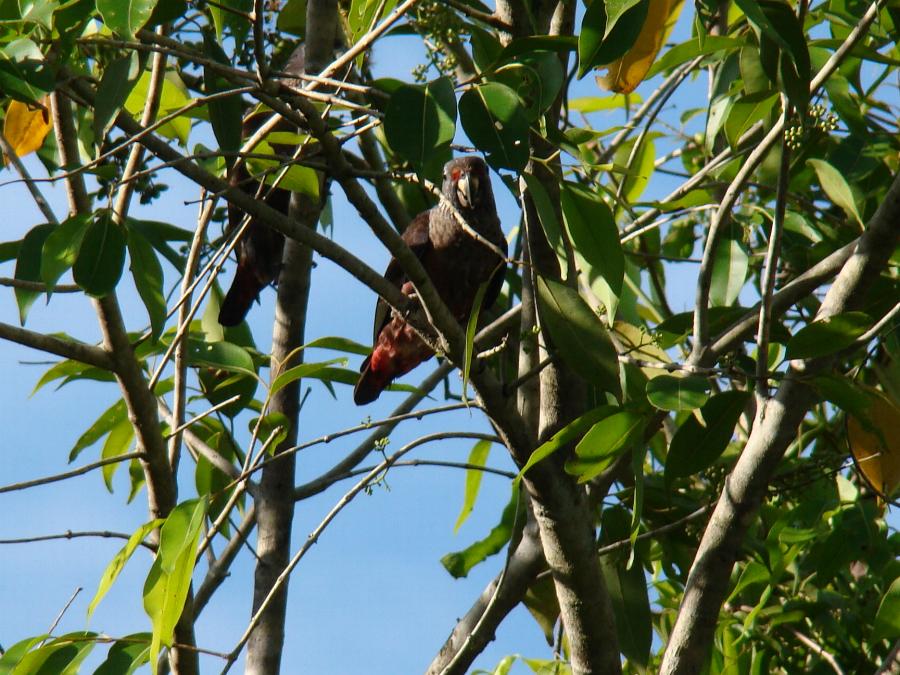 © Dominiek Plouvier |
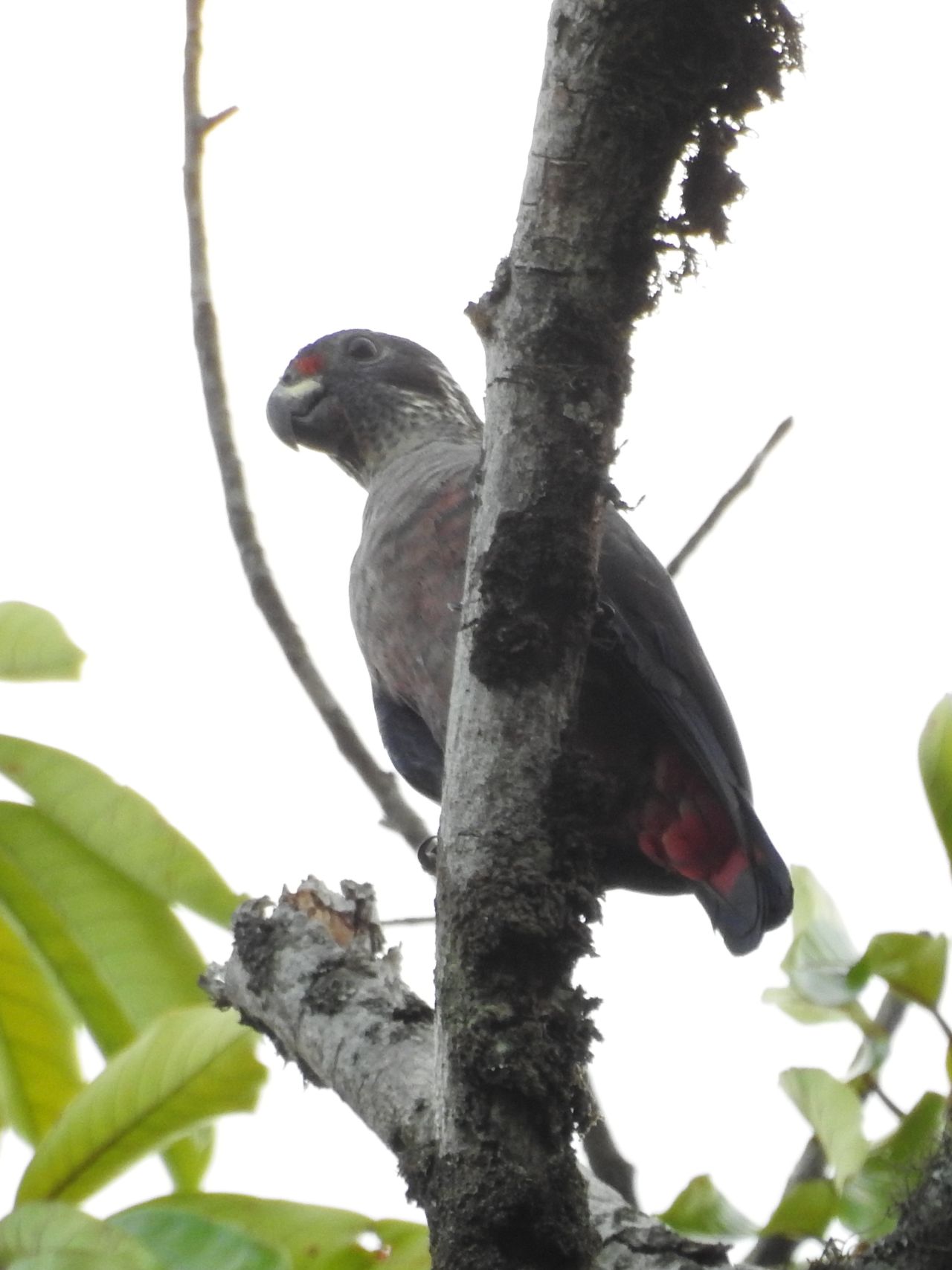 © Ton Plug | 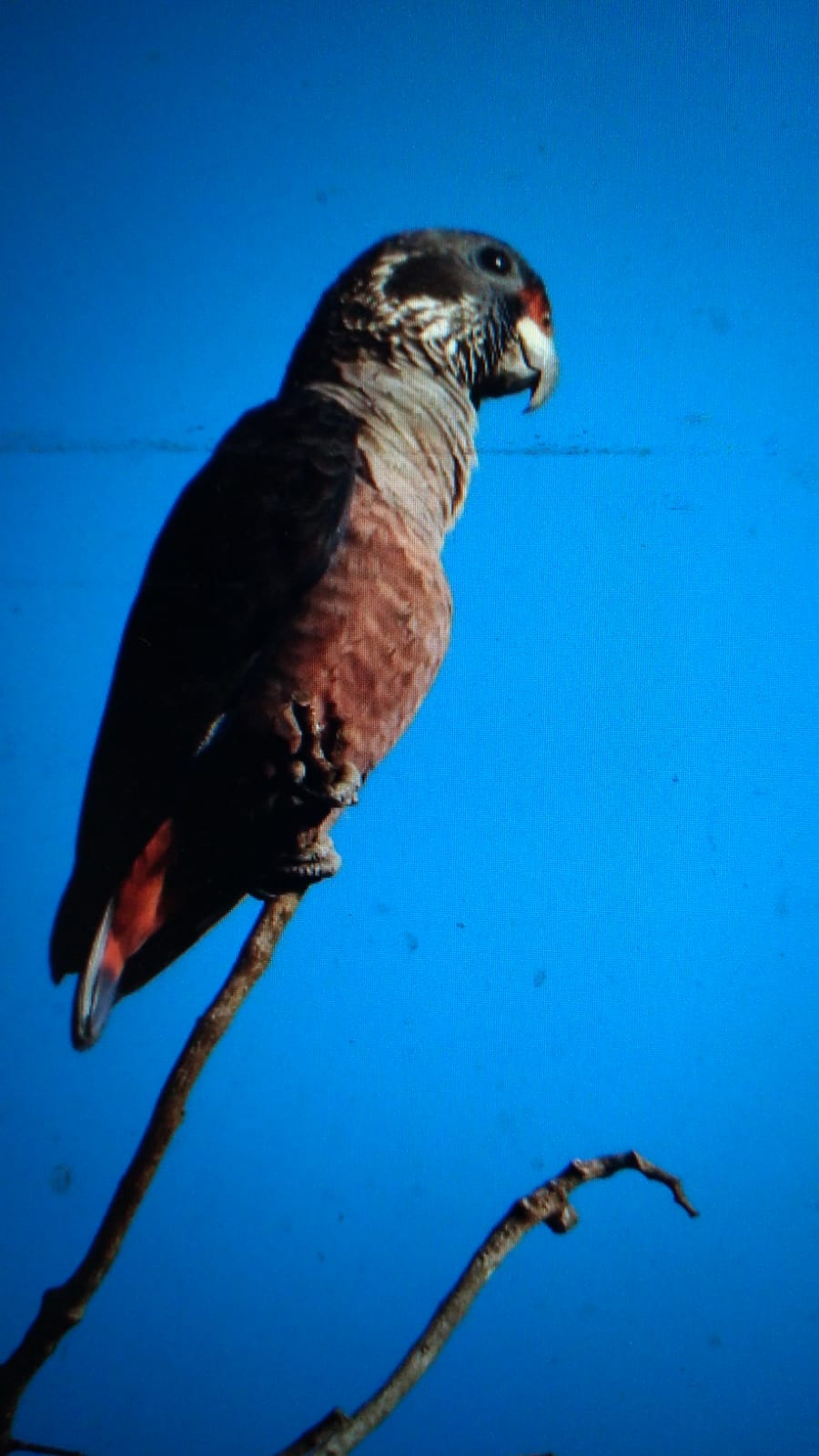 © Serano Ramcharan | 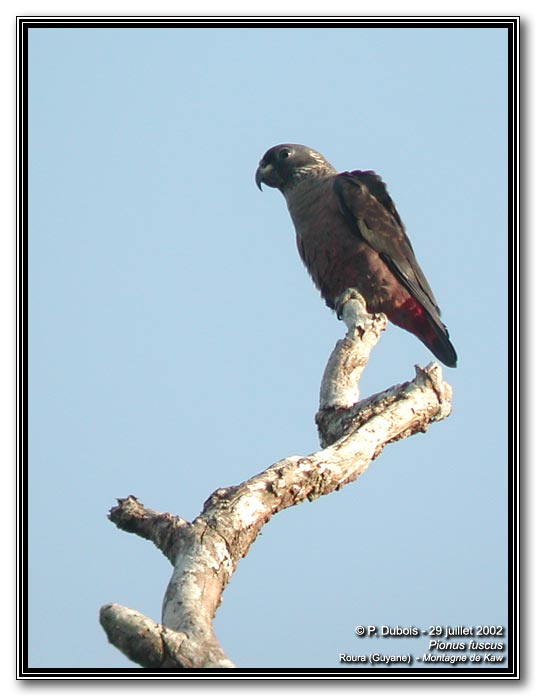 French Guiana © Pascal Dubois |
| The Dusky Parrot is a common sight in Suriname, especially in the forests of the interior. It is less common than its cousin the Blue-headed parrot and like this one it is mostly seen in flying overhead and calling, in pairs or small groups. It eats fruit and seeds, silently in treetops. The sound of the dusky parrot was taped by Ribot in 1984. Two photos of a Dusky Parrot were made by Dennis Binda in Suriname. The third picture was made by Dominiek Plouvier near Paramaribo, where you see a Dusky parrot eating a Jamu (Eugenia jambos of Szygium jambos, Malabar Plum, champakka, chom pu or chom-phu), a juicy purple fruit originating from India and planted everywhere around parcels. Below the text a photo made by Pascal Dubois in French Guyane (Côté Nature). Dominiek Plouvier made a video of a Dusky Parrot. |
| Birdsounds (click on them to listen) | ||
|---|---|---|
| Sound recording of a Dusky Parrot © Otte Ottema, bird guide |
| Video (click the link or the 'play'-button to see) | ||
|---|---|---|
| Video recording of a Dusky Parrot © ; |
|
|
||||||||||||||||||||||||||||||||||||||||||||
| Observations through the year | Observations of breeding through the year |
|---|---|
| The 433 reported observations of this bird in Suriname, mainly for the last 50 years up to 2018, have been grouped by month. More birds on one day are counted as one observation. Of course, if the graph should depict the total number of birds seen, the differences between the months could be much more pronounced. | The reported breeding observations of this bird in Suriname. Most observations are about nest with eggs, some about fledglings, or feeding at a nest or the building of a nest. Of the about 5000 nests and eggs found for all species together, about 1/3 comes from the egg collection of Penard between 1896 and 1905. For some reason most collecting then was done in the first half of each year, so the shown distribution does not necessarily reflect the actual breeding preferences. The main dry season in Suriname is reckoned to be from half August to the end of November, the main wet season from half April to half August, but the the timing of begin and end does vary from year to year. Around March a second dry season often occurs. |